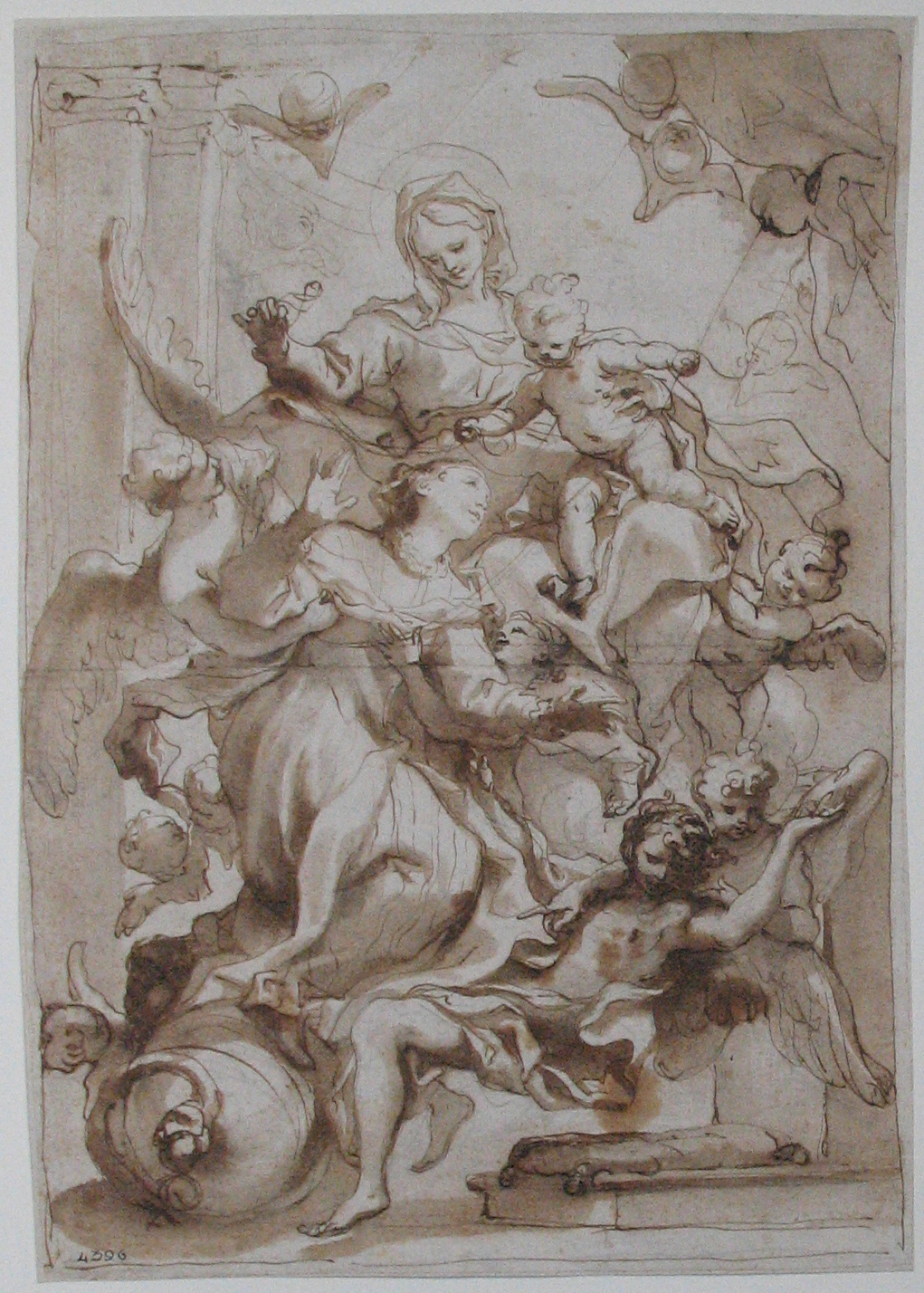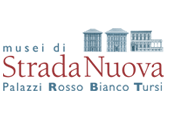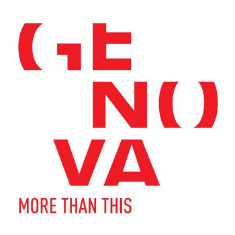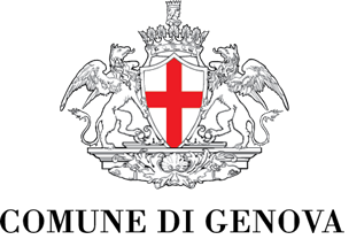
Click here to view image
Madonna with Child and Saint Catherine Fieschi Adorno
Mary Ighina Barbano
Piola, Domenico
drawing
D4396
Unità di misura: mm; Altezza: 347; Larghezza: 243
penna e inchiostro
This drawing, and the sheet of a similar subject also conserved in Palazzo Rosso inv. D 2676 (black pencil, pen and ink, brush and watercoloured ink; white counterfold paper. mm 251 x 182), constitute as many phases of the study for an altarpiece, painted by Piola in the early 1780s for the sacristy of the church of San Filippo Neri (but now conserved in that dedicated to St. Francis of Assisi, in Genoa-Bolzaneto), illustrating the supernatural vision that surprised the Genoese saint Caterina Fieschi Adorno (1448-1510) while she was praying, giving her the sensation of being bound to Jesus with a golden thread. In what must be recognised as the earlier study (inv. 2676), different solutions are present, some of which are taken up in the second sheet, the subject of this card (inv. 4396), or directly in the painting. The Virgin's right arm, for example, is raised in the initial black-pencil sketch, while in the ink drawing she holds the Child who, in this way, is to the left of the sitter. Catherine, who, attracted by the 'God of love', rises from her kneeler, contemplates but is not involved in the space of the supernatural vision, remaining almost distant from it. The compositional variants of the second drawing are not few, although all the elements of the first sheet return, albeit with different values: the Child is on the right, Catherine, raised in mid-air, becomes an integral part of the group centred on the figure of the Madonna, and, at the bottom right, in front of the kneeler, an angel in the form of an adolescent - stylistically revealing the influence that the much younger Gregorio De Ferrari exerted on the fifty-five-year-old Piola - replaces the barely sketched angel of the other drawing. The composition painted on the canvas repeats that of the second sheet, with the exception of the angel, who in the altarpiece returns to being a cherub, albeit in a pose more moved than the original idea; but the correspondence is such that it can be assumed that this last variation was carried out in the course of the work, i.e. without the mediation of a further graphic design. The legacies of Marcello Durazzo (1790-1848) and that of Mary Ighina Barbano - who was the niece of the sculptor, scholar and collector Santo Varni (1807-1885) and had inherited his collections - allowed the two drawings, both of which certainly came from Domenico Piola's house-studio in salita San Leonardo, to be definitively reunited within the collection of the Gabinetto Disegni e Stampe di Palazzo Rosso after having been collected at the beginning of the 19th century. Boccardo, Domenico Piola (1627-1703). Projects for the Arts, 2006; Boccardo in Domenico Piola (1628-1703). Percorsi di pittura barocca, 2017. The drawing depicts the Madonna holding the Baby Jesus in her arms, with Saint Catherine and cherubs below her.




